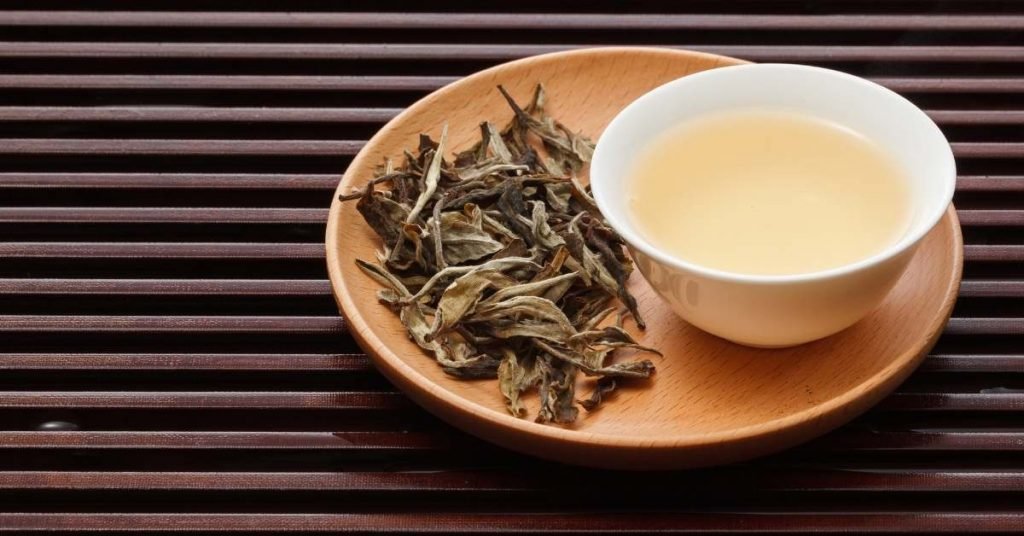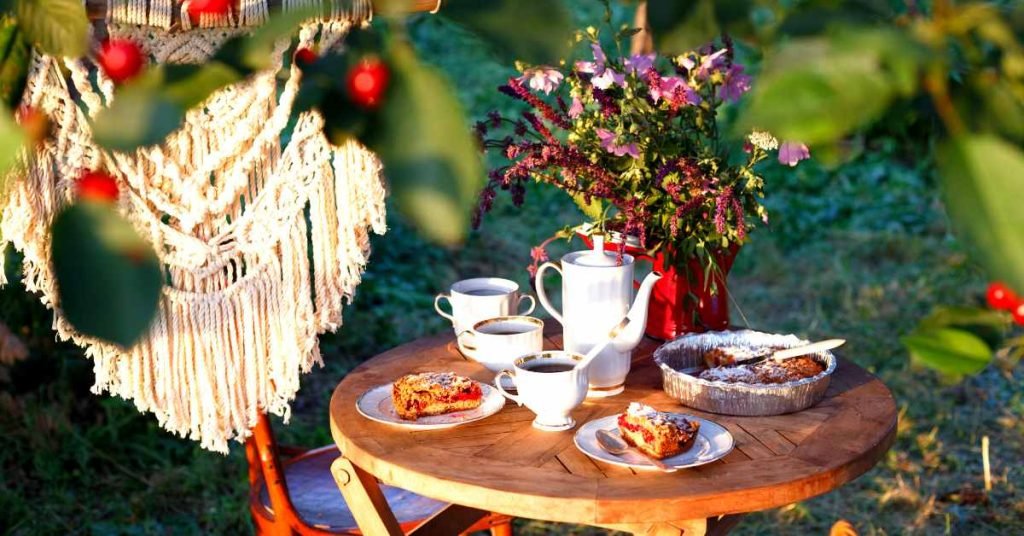Myanmar consumes 1.4 lb of tea per capita per year and it mostly produces all the tea for domestic use.
People in Myanmar list tea as one of the top five necessities for survival alongside water and bread.
The country produces Black, Green, and White tea and it is the home of numerous Camellia Sinensis plantations.
History of Tea in Myanmar
The legend says that the first tea tree ever was in Myanmar in the Shan Plateau region and that it still exists today.
Other records say that King Alaung Sithu (AD 1113-1167) gifted the local people with tea tree seeds and they started cultivating since that time.
Whatever the story may be, it’s a fact that Myanmar has extraordinary weather and soil for cultivating tea.
Tea Culture in Myanmar
The tea culture in Myanmar is a way of living. Tea is being sold literally on every corner in roadside shops, stands, and concrete-wall tea spots where people go to relax and chat with their friends.
Low tables with even lower plastic stools, tea kettles, and plastic cups are a common sight on the streets of Myanmar.
Plates of food, trays, and loose cigarettes are all part of Myanmar tea houses that are gradually growing and expanding over the years, adding a variety of snacks to accompany the rich selection of Myanmar-produced teas.
People in Myanmar love all types of tea, including Myanmar Naked Green and Myanmar Naked Black, but the roasted green tea leaves are also highly valued.
Another impressive thing about Myanmar culture is that they also eat their tea. They use pickled tea leaves to prepare a salad-type snack called laphet-thoke.
MEDICAL DISCLAIMER
Itsnevernotteatime.com cannot and does not contain medical/health advice. The medical/health information is provided for general and educational purposes only and is not a substitute for professional advice.




